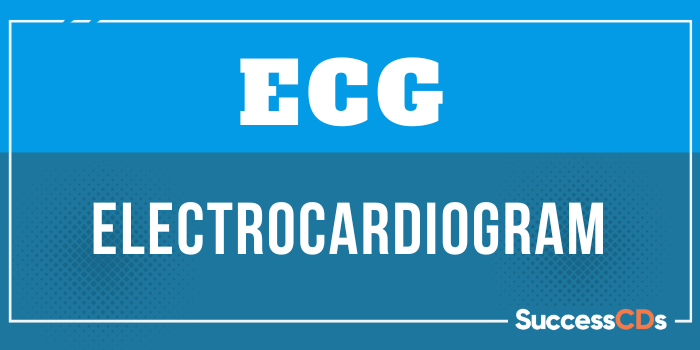
The Full form of EEG is Electroencephalogram. EEG is a technique that detects electrical activity in your brain using small, electrodes (metal discs) attached to your scalp. Wires attach these electrodes to a machine, which records the electrical impulses. Your brain cells communicate via electrical impulses and are active all the time, even when you’re asleep. This activity shows up as wavy lines on an EEG recording. An EEG plays an important role in diagnosing brain disorders and is also one of the main diagnostic tests for epilepsy. The results in EEG are either printed out or displayed on a computer screen. Various forms of epilepsy are denoted by different patterns of electrical impulses. An EEG can determine changes in brain activity that might be useful in diagnosing especially epilepsy, brain disorders or another seizure disorder. An EEG might also be helpful for diagnosing or treating the disorders such as: Brain damage from head injury, brain tumor, Brain dysfunction that can have a variety of causes (encephalopathy), Inflammation of the brain (encephalitis), sleep disorders, stroke etc. EEGs are painless and safe. During the test, sometimes seizures are intentionally triggered in people with epilepsy, but appropriate medical care is provided if needed.